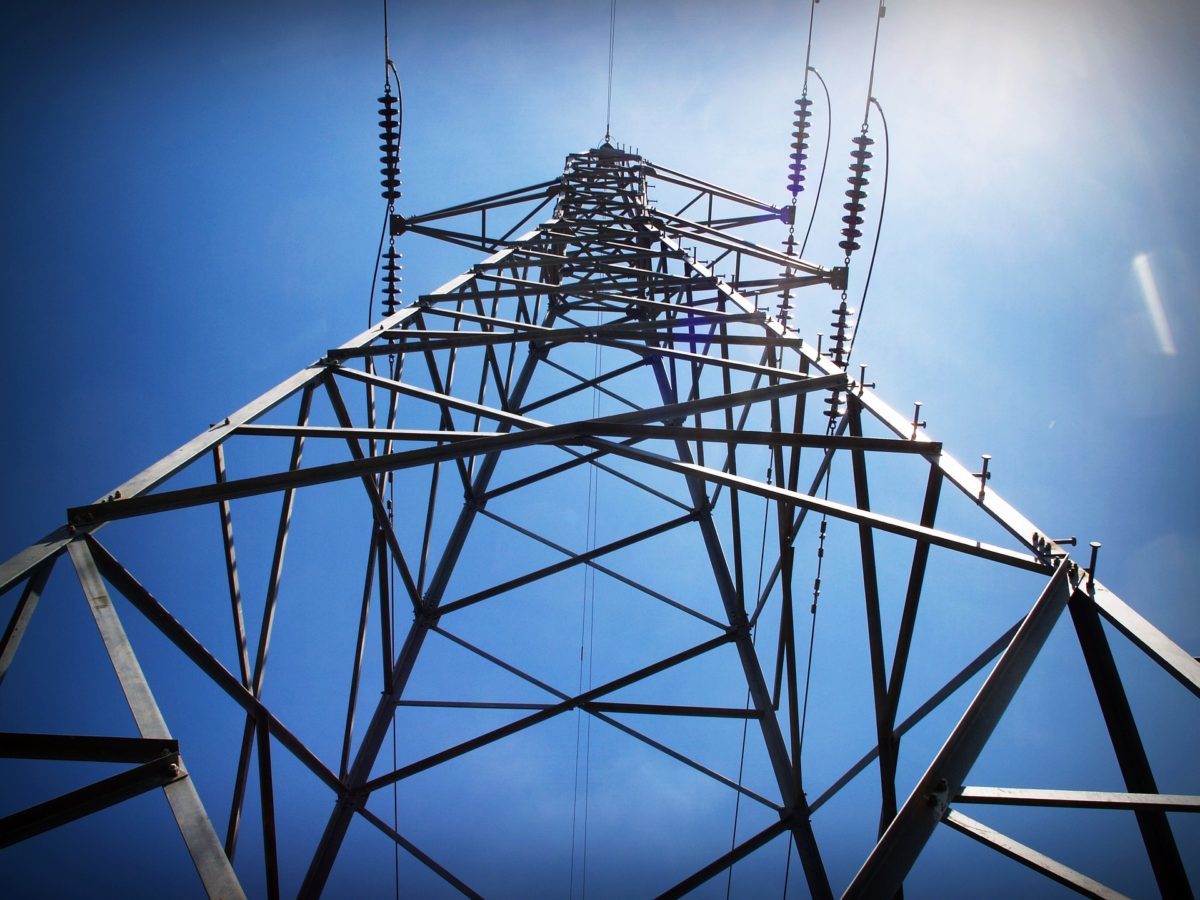The Coalition Government has pledged to establish a $1 billion Grid Reliability Fund to support investment in new energy generation, storage and transmission infrastructure, including eligible projects shortlisted under the Underwriting New Generation Investments (UNGI) program.
The new fund will be administered by the Clean Energy Finance Corporation (CEFC), which already has the authority to invest $10 billion in projects excluding coal. The plan to commit more money to the CEFC represents a U-turn by the Coalition, which tried to scrap the green bank under former prime minister Tony Abbott.
“This additional capital will work alongside our continuing investments in solar, wind, hydro, bioenergy and other technologies in the renewable energy sector,” said CEFC CEO Ian Learmonth.
In a statement on Wednesday, Prime Minister Scott Morrison and Energy Minister Angus Taylor said the fund would “unlock” private sector investment for projects and ensure sufficient reliable generation capacity is available 24/7.
As per the 12 projects shortlisted under the UNGI, the statement said “the Government will only refer UNGI projects that reflect the CEFC’s legislative mandate for consideration under the Fund”, which means that the upgrade to an existing coal-fired power station in NSW’s Lake Macquarie put forward by Trevor St Baker will be out of picture. The other shortlisted projects are six pumped hydro stations and five gas.
The announcement closely follows the decision by the Federal and the New South Wales governments will jointly contribute $102 million to increase the capacity of an existing interconnector between New South Wales and Queensland in the run-up to the planned closure of the Liddel coal generator in 2023.
Commenting on the Grid Reliability Fund, which represents the first increase in the CEFC capital since its establishment, Clean Energy Chief (CEC) Executive Kane Thornton said Australia’s power grid was designed for the last century and it is becoming increasingly obvious that major investment and reform are needed.
“Targeted government funding has a role to play in kick-starting urgent investment in a future-ready network,” Thorton said. “It is important that the new fund is objective, transparent and does not become politicised. It also needs to be operated in a way that leverages the strong interest from the private sector in Australia’s clean energy future rather than acting to ‘crowd out’ investment.”
Transmission and grid connection were the highest priorities for executives in the clean energy industry in the last two Clean Energy Outlook surveys, which are conducted every six months. Due to concerns around grid constraints and a lack of certainty on energy and climate policy, many investors are holding off.
Meanwhile, Australia’s pipeline of grid-scale solar, wind and battery projects continues to grow at an unprecedented pace. According to Norway-based consultants Rystad Energy, the accumulated capacity of proposed projects now stands at 133 GW, up from 94 GW at the start of the year.
This content is protected by copyright and may not be reused. If you want to cooperate with us and would like to reuse some of our content, please contact: editors@pv-magazine.com.









By submitting this form you agree to pv magazine using your data for the purposes of publishing your comment.
Your personal data will only be disclosed or otherwise transmitted to third parties for the purposes of spam filtering or if this is necessary for technical maintenance of the website. Any other transfer to third parties will not take place unless this is justified on the basis of applicable data protection regulations or if pv magazine is legally obliged to do so.
You may revoke this consent at any time with effect for the future, in which case your personal data will be deleted immediately. Otherwise, your data will be deleted if pv magazine has processed your request or the purpose of data storage is fulfilled.
Further information on data privacy can be found in our Data Protection Policy.